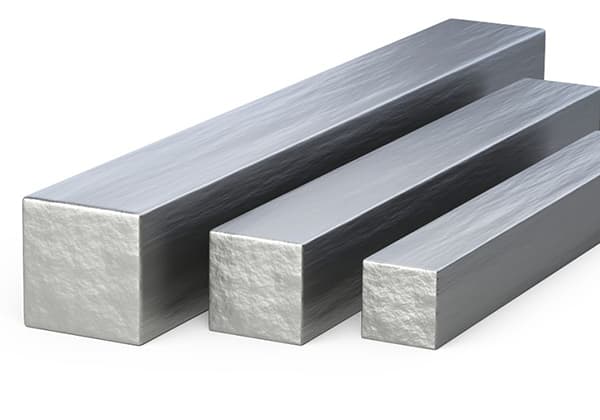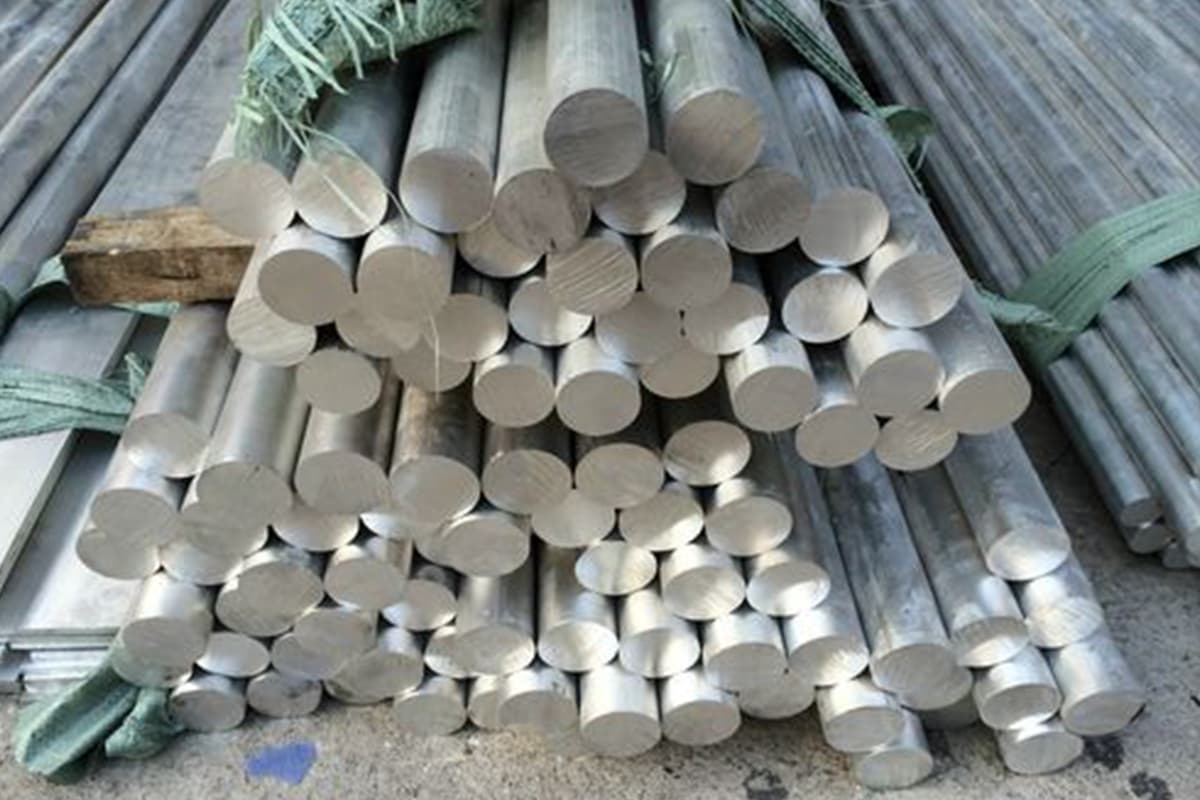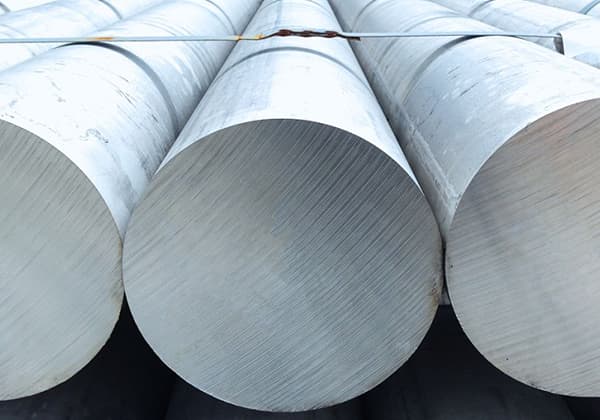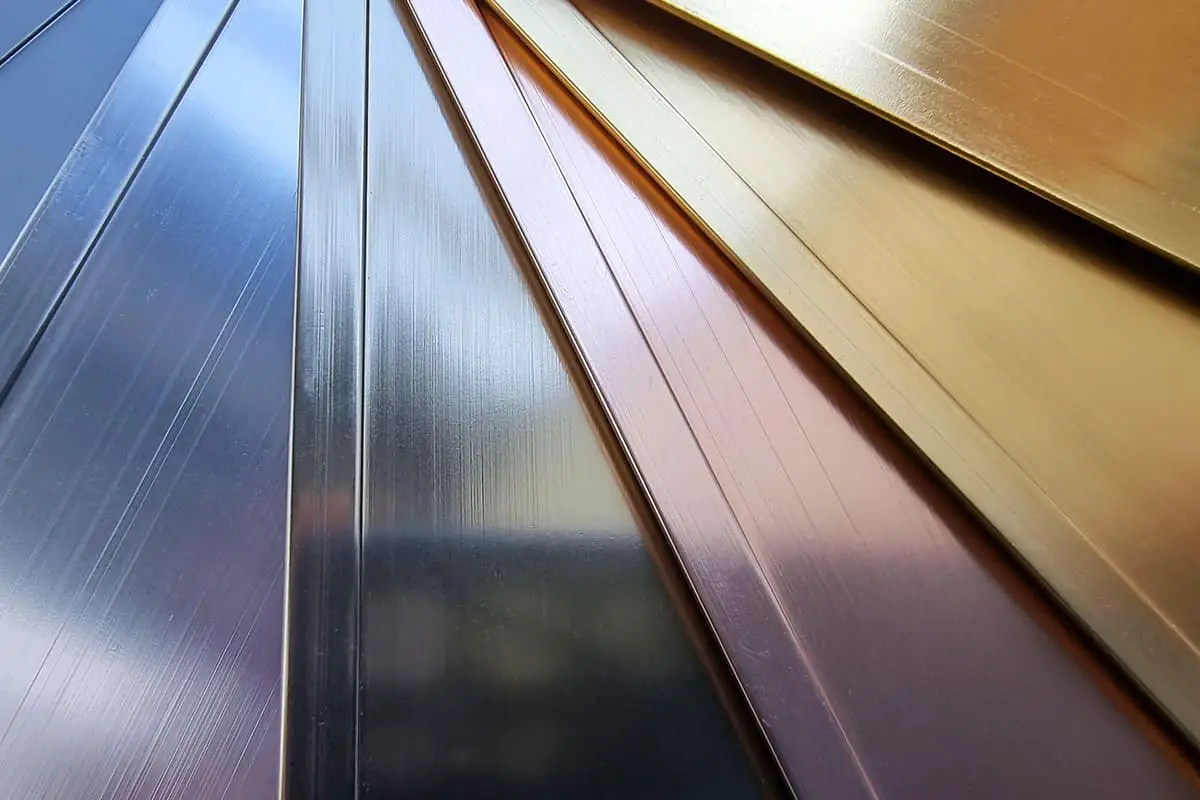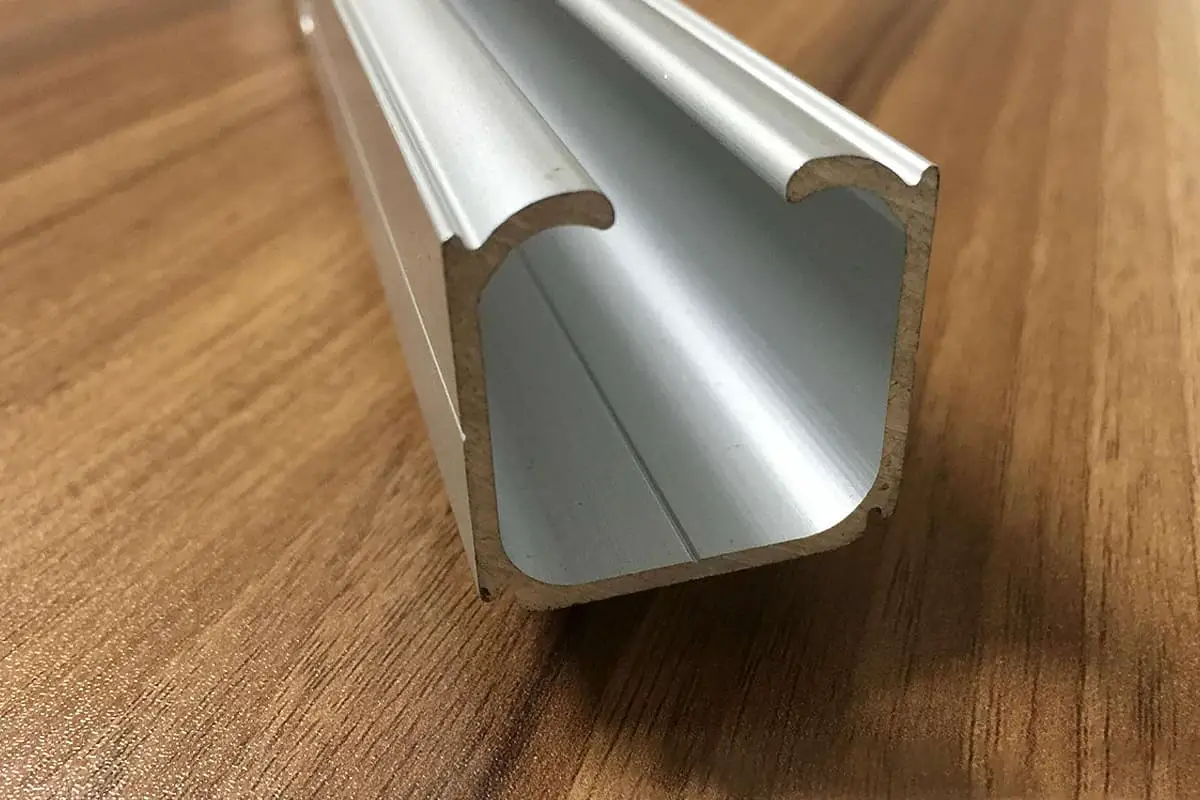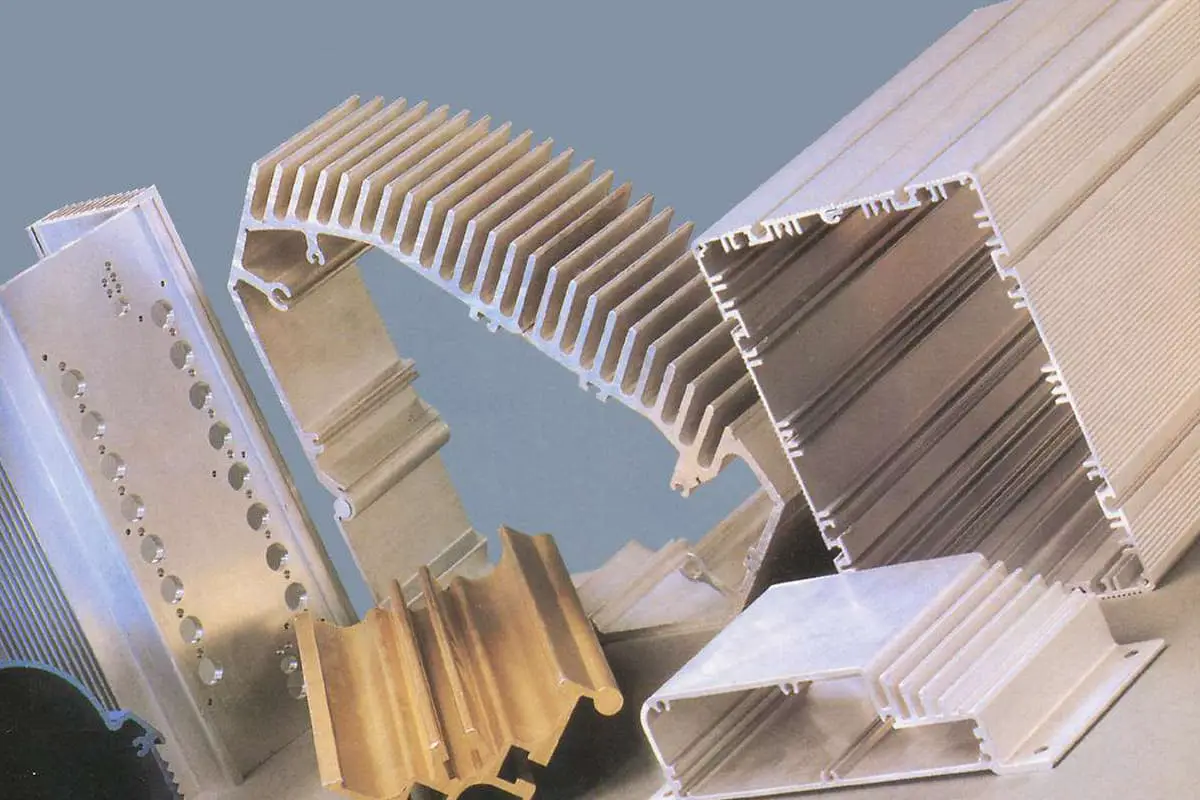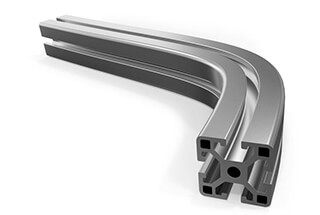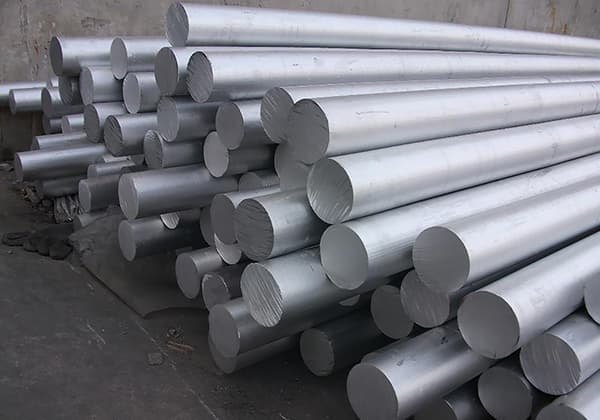
Have you ever wondered why some aluminum parts are easier to weld than others? The difference between 6061 and 7075 aluminum lies in their composition and properties. This article explores their strengths, uses, and costs, helping you decide which alloy fits your project’s needs. Discover how 6061’s versatility compares to 7075’s superior strength, and learn the practical applications of each. Read on to make an informed choice and optimize your engineering projects.
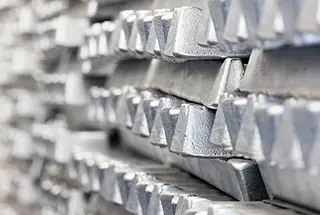
Aluminum alloys are highly valued for their strength-to-weight ratio, high relative strength, corrosion resistance, and processability, making them a popular choice in a wide range of industries, including construction, aerospace, electronics, new energy, sports equipment, and automobiles.
However, with such a wide variety of aluminum alloys available, it can be difficult to determine which alloy is the best fit for a particular project. In this article, we will compare two of the most common alloys, 6061 and 7075, to assist in making an informed decision.

6061 is a 6000 series aluminum alloy that is primarily composed of magnesium and silicon, with a relatively low proportion of other components. This simple composition results in lower strength compared to 7005 aluminum, but also makes it easier to weld and press, leading to a lower cost.
The main alloying elements of 6061 are magnesium and silicon, which provide moderate strength. This alloy also has good resistance to corrosion, weldability, and oxidation. It is commonly used in industrial structural parts that require a certain level of strength and resistance to corrosion.
Due to its low cost, light weight, and strength, 6061 is a widely used aluminum material. It is frequently utilized in construction and structural products, as well as in the aerospace and entertainment industries. It is also the most commonly used aluminum alloy.
Application of 6061 aluminum alloy in architecture
Aluminum alloy 6061 has good tensile strength, which can be enhanced through tempering, and also has excellent resistance to corrosion, weldability, and machinability. Its machinability makes it an ideal choice for many extrusion projects, as it is easy to shape.
Given its low cost, 6061 is widely used for producing a variety of precision parts in different shapes. Its versatility, combined with its good mechanical properties, makes it a popular choice for a range of applications.
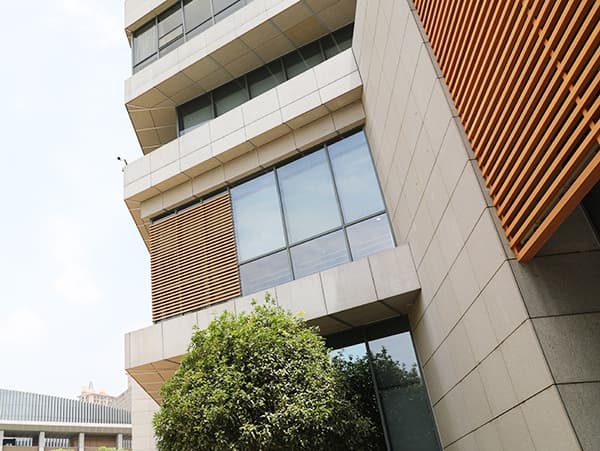
7075 aluminum is known for being the lightest and strongest material in its class, however, it comes with a high price tag. This alloy is comparable in strength to many types of steel, but has a much lower density, making it an excellent substitute for steel in high-stress applications. Its exceptional resistance to fatigue stress makes it a reliable choice.
The 7075 aluminum plate is a cold-treated forging alloy with exceptional strength, surpassing that of mild steel. It is one of the most powerful alloys in commercial use, possessing common corrosion resistance, good mechanical properties, and anode reaction. Its fine grain structure improves deep drilling performance, enhances tool wear resistance, and gives it a distinct advantage in thread rolling compared to heavier materials.
7075 is part of the Al-Zn-Mg-Cu series of superhard aluminum and is widely used in the aviation industry, particularly in aircraft manufacturing. It has been utilized in the industry since the late 1940s due to its ultra-high strength, good plasticity after solution treatment, and particularly its effective heat treatment strengthening effect.
However, 7075 aluminum has poor welding performance and a tendency towards stress corrosion cracking. To improve its resistance to stress corrosion cracking, two-stage aging may be necessary. Protective treatments such as aluminum cladding are also required.
According to China’s executive standard GB/T3880.2-2006, 7075 aluminum is stable in solid solution and has good plasticity after treatment, making it an excellent choice for heat treatment strengthening. This super-strength material is also known as “steel.”
Aluminum alloy 7075 is a powerful material that has a strength comparable to many steels. Zinc is the primary alloying element in this material, which gives it good fatigue strength and average machinability. However, it has poor resistance to corrosion and is more susceptible to corrosion compared to other aluminum alloys.
This alloy belongs to the 7000 series of aluminum materials and has a composition similar to 7005, but with a higher content of zinc. The hardness of 7075 is much higher than 6061 and even surpasses that of steel. Despite its high hardness, it is difficult to weld and press, which makes it more challenging to work with. Additionally, its relatively high cost limits its usage and makes it unsuitable for applications that require more affordable alloys.
Related reading: Common Aluminum Alloy Hardness Chart
7075 aluminum alloy provides average corrosion resistance due to its small amount of copper in its chemical composition. It is also known for having good machinability but poor formability and weldability. This alloy has a higher cost compared to other aluminum alloys, making it less cost-effective in some applications.

Comparison of properties of 6061 and 7075 alloys
| 6061 aluminum alloy | 7075 aluminum alloy |
| Aluminum is alloyed with silicon and magnesium. | Aluminum alloy mainly alloyed with zinc, and a small amount of magnesium and copper. |
| Structural grade aluminum alloy | Structural grade aluminum alloy |
| Medium strength, can be very high after tempering. | High strength, even higher after tempering. |
| High strength to weight ratio, low density. | The strength / weight ratio is very high even considering a higher density than 6061. |
| Good corrosion resistance. | Average corrosion resistance. |
| Good weldability, machinability and machinability. Very suitable for CC machining and extrusion projects. | Conventional machinability, weldability and machinability are poor. |
| It has high versatility and can be used in many industries. | High strength applications, mainly in the aerospace industry |
The 6061 aluminum alloy is composed of 97.9% aluminum, 1% magnesium, 0.6% silicon, 0.28% copper, and 0.2% chromium. These elements are combined to form a versatile and durable material.
The 7075 aluminum alloy, on the other hand, generally consists of 5.6-6.1% zinc, 2.1-2.5% magnesium, 1.2-1.6% copper, and trace amounts of silicon, iron, manganese, titanium, chromium, and other metals. This combination gives the 7075 aluminum alloy its high strength and durability, making it a popular choice for high-stress applications.
The hardness of 6061 is 90HB.
The hardness of 7075 can reach 150HB.
6061 is a 6000 series aluminum alloy.
7075 is a 7000 series aluminum alloy, which is a zinc magnesium aluminum alloy.
| Aluminum alloy code | Yield | Shear | Tensile |
| 6061 | 7KSI | 10KSI | 13KSI |
| 7075 | 15KSI | 22KSI | 33KSI |
| 6061—T6 | 31KSI | 17KSI | 35KSI |
| 7075–T6 | 73KSI | 48KSI | 83KSI |
Typically, 7075 aluminum is 20-40% more expensive than 6061 aluminum. As a result, 6061 aluminum is commonly used in applications where a higher-priced aluminum alloy is not required.
7075 and 7005 aluminum are often used in commercial industries such as aerospace due to their high hardness and low density.
Therefore, 7075 aluminum is frequently used as a commercial aluminum alloy.
The price of 6061 aluminum is typically 18-30 yuan per kilogram, whereas the price of 7075 aluminum is usually 40-60 yuan per kilogram. Due to its lower cost, 6061 aluminum has a relatively high sales volume, whereas 7075 aluminum has a relatively low sales volume because of its higher price.

|
Chemical composition, w% |
|||||||||
|
Alloy |
Si |
Fe |
Cu |
Mn |
Mg |
Cr |
Zn |
Zr |
Ti |
|
6061 |
0.40-0.80 |
0.70 |
0.15-0.40 |
0.15 |
0.80-1.20 |
0.10 |
0.10 |
– |
0.10 |
|
7075 |
0.40 |
0.50 |
1.2-2.0 |
0.30 |
2.1-2.9 |
0.18-0.28 |
5.1-6.1 |
0.05 |
0.20 |
(The trace element proportion in the above figure is calculated based on the upper limit of the standard value)
The main trace elements in the alloy are magnesium and silicon, which form the Mg2Si phase. A limited amount of copper or zinc is added to enhance the strength of the alloy while maintaining its corrosion resistance.
However, the high proportion of trace elements results in a more expensive cost.
The primary element in the alloy is zinc, and the addition of copper and magnesium creates the Al Zn Mg Cu alloy, which has the greatest strengthening effect among all aluminum alloys.

7075 aluminum is often referred to as aviation aluminum due to its exceptional material performance. 7075-T6 is currently the aluminum alloy with the highest strength, surpassing even ordinary steel.
| High strength, high hardness | Excellent resistance to external forces, especially suitable for small size and high requirements. |
| Excellent wear resistance and good cutting performance | CNC is convenient to make workpieces, and the materials are compact, wear-resistant and durable. |
| High fatigue resistance and long service life | Extend the inspection interval of precision instruments and reduce the maintenance cost. |
| High precision, high damage tolerance | More precise, good toughness, not easy to deform under pressure or impact for a long time. |
Industrial manufacturing
7075 aluminum is frequently utilized in applications that have high standards, and its advantages are clearly apparent.
Not only does it have a high level of precision, but it also has a longer lifespan, which enhances the product from multiple angles and is difficult to attain through other methods.
Consumer electronics:
Apple widely utilizes 7-series aluminum alloys.
For example, Apple uses 7-series aluminum to manufacture the middle frame and back cover of the iPhone.
Other products such as the aluminum profiles are also made from 7-series aluminum alloys.
The middle frame of Xiaomi 8 is also made of 7-series aluminum alloy.
Device materials:
7-series aluminum alloys have unique advantages in various special applications.
For instance, ski poles and golf club heads are frequently subjected to repeated and continuous external forces, making aviation aluminum a preferred material.
Currently, an increasing number of industries are using aviation aluminum materials to enhance both the appearance and performance of their products, setting them apart from their competitors.
| Comparison items | 6061 | 7075 |
| Machinability | excellent | Excellent+ |
| Weldability | Can be welded | Difficult to weld |
| Surface treatment | easily | difficulty |
| Corrosion resistance | excellent | difference |
Both 6061 and 7075 aluminum can be machined effectively using CNC machine tools.
6061 aluminum is weldable, whereas 7075 aluminum is more challenging to weld.
6061 aluminum is also easily subjected to surface treatments such as oxidation coloring, whereas 7075 aluminum has an inconsistent oxidation effect.
In terms of corrosion resistance, 6061 aluminum performs better when not treated, compared to 7075 aluminum.
Both 6061T6 and 7075T6 materials have a high degree of hardness and cannot be bent.
The following are some common applications for each of these alloys:
It is important for engineers to consider these typical applications when determining which alloy is more suitable for a specific project.
| 6061 aluminum alloy | 7075 aluminum alloy |
| Construction products | Aircraft wings and fuselage |
| Electrical products | Aerospace parts |
| The Conduit | Gears and shafts |
| Bicycle frame | Worm gear |
| furniture | Regulating valve |
| Auto parts | Fuse parts |
In most cases, 7075 aluminum has superior properties compared to 6061 aluminum.

However, it is not accurate to simply assume that 7075 is always better.
It is crucial to first consider the specific purpose and budget before making a conclusion.
6061 aluminum can usually satisfy the requirements of general industrial manufacturing.
7075 aluminum is typically used in high-demand applications, such as aerospace, military supplies, precision equipment, high-end electronics, and high-end products.
Both 6061 and 7075 aluminum alloys have a high strength-to-weight ratio and excel in specific applications.
The selection of which alloy to use depends on the intended use and budget.
When welding or forming is required, or medium to high tensile strength and corrosion resistance are important factors, 6061 aluminum is a better choice. This is also a cost-effective option for extruding complex shapes.
The defining characteristic of 7075 aluminum is its extremely high strength. As a result, it is most suitable when an exceptionally high tensile strength is necessary, while still maintaining a high strength-to-weight ratio and high fatigue resistance.

